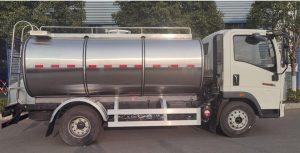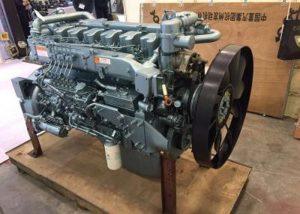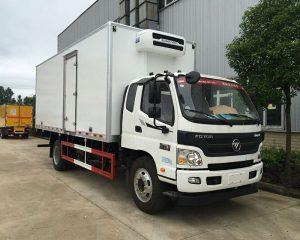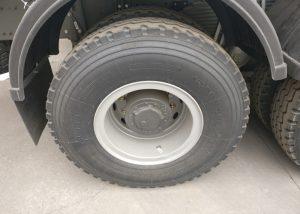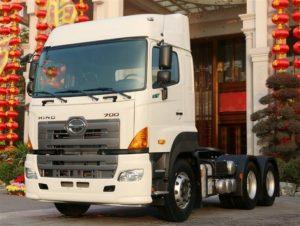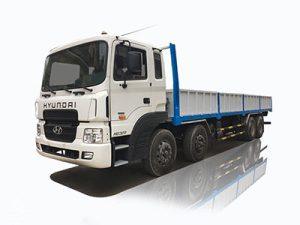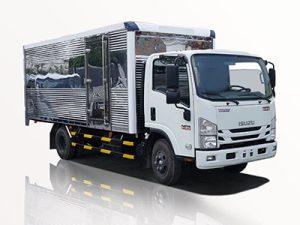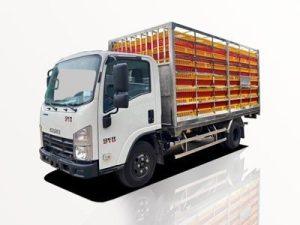Monday to Saturday - 8:00 -17:30
Fire Trucks Responding to Structure Fires: An In-Depth Overview
Fire trucks play a crucial role in combating structure fires, ensuring the safety of lives and property. Understanding how fire trucks respond to these emergencies is essential for anyone interested in fire safety, emergency services, or even community preparedness. This article aims to provide a comprehensive overview of fire trucks, their response mechanisms, and the processes involved when responding to structure fires.
Understanding Fire Trucks
What is a Fire Truck?
Fire trucks, also known as fire engines, are specialized vehicles designed to transport firefighters, equipment, and water to the scene of a fire. They vary in size, equipment, and capabilities depending on their specific roles within the fire service.
Types of Fire Trucks
There are several types of fire trucks, each serving a unique purpose:
- Pumper Trucks: These vehicles are equipped with hoses and water tanks, ideal for extinguishing fires.
- Aerial Trucks: Featuring a large ladder or platform, these trucks assist firefighters in reaching elevated areas.
- Rescue Trucks: These vehicles are equipped with tools to perform rescues and provide medical assistance.
- Tanker Trucks: Designed to transport large amounts of water, these trucks are crucial in rural areas lacking hydrants.
The Fire Response Process
Alarm Activation
The response process begins when someone identifies a fire and activates the alarm system. This can be done through emergency call systems or fire alarm systems in buildings.
Dispatching Fire Trucks
Once the alarm is activated, fire dispatchers assess the situation and determine which fire trucks should respond. The response is based on factors such as proximity, type of fire, and resources required.
Travel Time and Routes
Fire trucks typically use the fastest routes to reach structure fires while adhering to traffic laws. Sirens and flashing lights are utilized to navigate through traffic safely.
Equipping Fire Trucks for Structure Fires
Common Equipment on Fire Trucks
| Equipment | Description |
|---|---|
| Fire Hose | Used to deliver water to extinguish fires. |
| Water Tank | Stores water for immediate use on-site. |
| Fire Extinguishers | Portable devices to control small fires. |
| Ladders | Used to reach high places and rescue individuals. |
| Medical Supplies | For treating injuries at the scene. |
Advanced Technology in Fire Trucks
Modern fire trucks are often equipped with advanced technology, including GPS systems, thermal imaging cameras, and communication devices that enhance their effectiveness during emergencies.
The Role of Firefighters in Structure Fires
Firefighting Techniques
Firefighters use various techniques to combat structure fires effectively by:
- Suppression: Directly extinguishing fires using water or fire retardants.
- Ventilation: Releasing smoke and heat from the structure to improve visibility and safety.
- Rescue Operations: Locating and saving occupants trapped inside the structure.
Safety Protocols for Firefighters
Firefighters follow strict safety protocols to protect themselves during structure fire responses. Wearing protective gear and using the buddy system during operations are critical aspects of their safety practices.
Challenges Faced During Structure Fire Responses
Environmental Factors
Weather conditions, the type of structure, and available resources can complicate fire responses. For example, strong winds may spread flames rapidly, while congested urban areas can hinder access.
Limited Water Supply
In some areas, especially rural locations, a lack of nearby water sources can delay firefighting efforts. Tanker trucks play a vital role in addressing this challenge by providing needed water supply.
Best Practices for Fire Readiness
Community Preparedness
Communities can enhance fire readiness through education and outreach. Programs that teach fire safety, encourage fire drills, and promote smoke alarm installations can save lives.
Home Fire Safety Tips
- Install smoke alarms on every level of your home.
- Create and practice a fire escape plan with your family.
- Keep flammable materials away from heat sources.
- Have fire extinguishers accessible in critical areas.
Case Studies of Notable Structure Fire Responses
The 2019 Notre-Dame Cathedral Fire
This incident showcased the challenges and complexities of responding to a high-profile structure fire. Firefighters utilized aerial trucks and specialized equipment to tackle the blaze and protect surrounding structures.
Local Community Fire Response
A case study from a small town demonstrated how a well-trained volunteer fire department effectively responded to a residential fire, emphasizing the importance of training and community support.
FAQs About Fire Trucks and Structure Fires
1. What should I do if I see a fire?
Call emergency services immediately and ensure your safety by staying away from the fire.
2. How do fire trucks access difficult areas?
Fire trucks are designed with maneuverability in mind, and firefighters often use hoses to combat flames from a safe distance if access is limited.
3. Do all fire trucks carry the same equipment?
No, fire trucks vary in equipment based on their specific roles, with pumper trucks focusing on water delivery and rescue trucks equipped with tools for emergencies.
4. How can I help my community fire department?
You can support local fire departments through volunteer work, donations, or participating in community safety events.
5. What is the first thing firefighters do when they arrive at a fire?
They assess the scene for safety, establish a command structure, and prioritize rescue operations as needed.
6. How do firefighters communicate on the scene of a fire?
Firefighters use radios and hand signals to communicate effectively during operations, ensuring coordination and safety.


